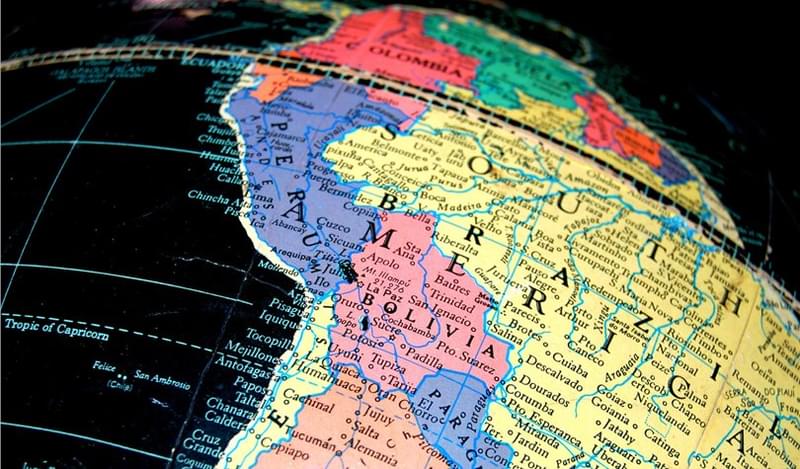According to a recent market commentary by Ashmore, LatAm is currently the best investment destination across EMs.
Although there are countries within the region which could cause concern, such as Venezuela, Fergus McCormick, Senior VP Head of Sovereign Ratings at DBRS Ratings noted that Chile, rated AA low, is performing very well.
“The resilience of Mexico, Peru, Colombia and Uruguay is also impressive. This has been due to their strong fundamentals and external positions under current market conditions.”
Despite the strong fundamentals of many LatAm countries, the region as a whole is much more dependent on fixed income funding than other EM geographies. Figures from Ashmore’s report show that the amount of bonds in total financing across LatAm is about 20% higher than the average across all EMs. It currently stands at around 57% of total financing.
High levels of leverage are not a negative phenomenon as long as it can be serviced.
“In the case of Brazil, the deficit is still high, at 9.4% of GDP this year. This needs to be serviced with a higher level of debt issuances.”
McCormick added that although this raises the risk in both the foreign and local currency spaces, that risk is being priced in to yields. Investors are still ploughing into Brazilian bonds, which is pushing down yields. According to Reuters, after the country’s recent US$1.5bn 30-year bond sale, Brazil’s debt spread narrowed to 1.8 percentage points over comparable US bonds from 2.4 percentage points in March.
Part of the popularity of LatAm bonds is in part due to the increasing number of pro-business market friendly heads of state in the region. The election of orthodox policy makers in countries such as Argentina and Peru, with Macri and Kuczynski respectively, has increased the predictability of policies in such countries.
“The region has home grown problems, but much of the action we have seen is due to external factors such as a China slowdown, commodity slump and strengthening dollar,” McCormick stated.
The dependence on commodities and on energy is particularly evident in Mexico and Colombia, but the region as a whole is much more commodity dependent than other EM geographies.
“LatAm countries are much more reliant on the growth expectations of China and of the global price of commodities – which is influenced by China. As a result, the world’s second largest economy is one of the main drivers of LatAm’s growth.”









